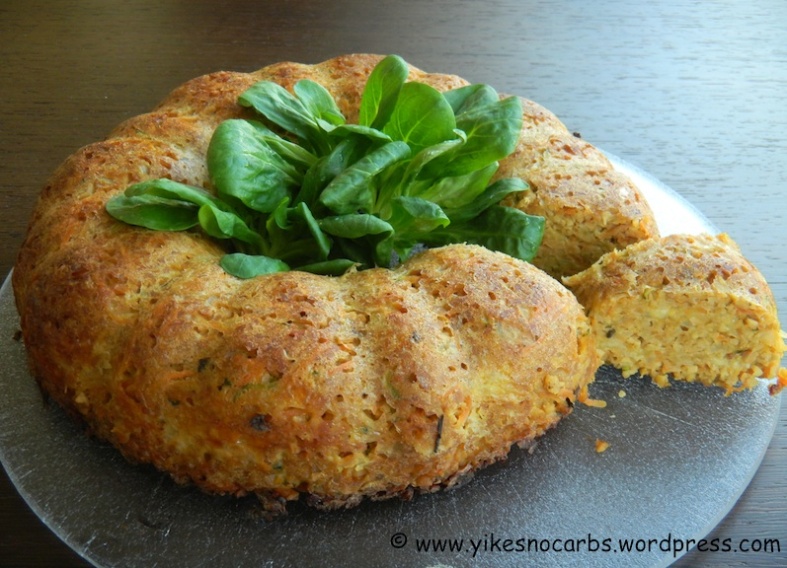We started 2014 with guests over on the first weekend and they requested a meal without carbohydrates! Well, that’s not a problem for me, is it?
I thought of surprising them with cauliflower rice (and were they surprised – they just couldn’t figure it out) and decided to serve something Chinese. Remembering a dish I used to have as a child – braised pork in soy sauce lightly scented with spices – I decided to give it a go with chicken since we don’t eat much pork anymore. Instead of looking through my cookbooks, I googled and found a recipe on About.com and then adjusted it. The dish turned out so good, I just have to share it and am proud to make it my first post of 2014! We ate the leftovers the next day and were really sorry that there wasn’t anymore for a third day! 🙂
Soy Sauce Chicken with Hard-boiled Eggs and Shiitake Mushrooms (serves 6)
1 whole chicken, about 1.2kg
6 hard-boiled eggs (you can put in as many eggs as you want, depending on how many you think each person will eat)
6 dried shiitake mushrooms
1 large onion, peeled and sliced
1 star anise
sunflower oil
Marinade
⅓ cup light soy sauce
⅓ cup water
3 Tbsp dark soy sauce
4 Tbsp erythritol
2 ½ Tbsp Chinese wine (substitute: Sherry)
2 green onions, cut into 3 inch lengths
2 cloves garlic crushed
Mix all the ingredients for the marinade together.
Cut the chicken into pieces, reserving the back for another use (e.g. making chicken broth). Make slits on the bigger pieces. I usually cut the chicken breast into 3 pieces. Put the chicken pieces into a glass bowl, cover with marinade and let stand overnight or for at least a couple of hours.
The next day, when ready to cook, soak the mushrooms in hot water for about 20-30 minutes till soft and slice. Remove the chicken from the refrigerator and let stand at room temperature during this time.
Heat some oil in a wok or large non-stick pan (with a cover). Remove the chicken pieces from the marinade and brown in the wok or frying pan on all sides. Take out the chicken and reserve on a plate. Sauté the onions in the same pan adding a bit more oil if necessary. Parallel to this, boil the marinade in a small saucepan for about 5 minutes. When the onions are lightly caramelized, put back the chicken and add the hot marinade and sliced shiitake mushrooms. Put in the star anise. The chicken and mushrooms should be almost covered with liquid. If there is too little, add more water and a bit more of the two soy sauces. Bring the chicken in the marinade to a boil, turn down the heat, cover and let simmer for about 30-45 minutes till the chicken is done. If you like your chicken very tender and almost off the bone, simmer it longer.
When the chicken is almost done, check the seasoning, adding salt/soy sauce or erythritol if necessary and put in the hard-boiled eggs. Turn the eggs after 1-2 minutes so that the other side will get brown too.
Garnish with green onion curls, serve with a vegetable stir-fry and lots of cauliflower rice to soak up that delicious sauce!
Print this recipe – Soy Sauce Chicken
















Recent Comments